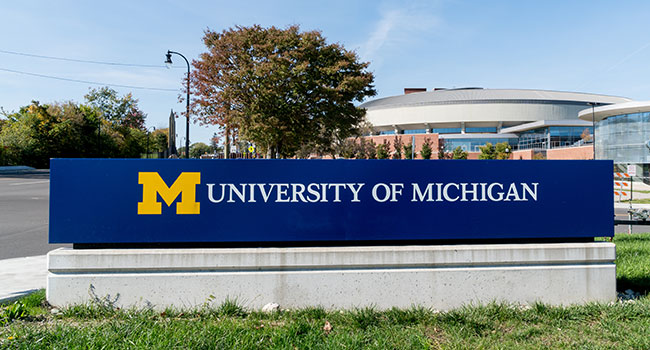
University of Michigan Students given Immediate Stay-at-home Order
All Michigan undergraduates are now under a two-week emergency stay-at-home order.
Undergraduate students at the University of Michigan have been issued an emergency stay-in-place order, after data shows that COVID-19 cases among Michigan students represents more than 60% of all local cases.
The Washtenaw County Health Department issued the order, and is set to continue until Nov. 3.
"The situation locally has become critical, and this order is necessary to reverse the current increase in cases," said Jimena Loveluck, health officer for Washtenaw County. “We must continue to do what we can to minimize the impact on the broader community and to ensure we have the public health capacity to fully investigate cases and prevent additional spread of illness."
Undergraduate students have to stay in their homes, unless they're attending class, getting food or participating in "approved work that cannot be done remotely," a news release from the health department said.
"Students who wish to return to a primary residence may do so only if they have completed the U-M's procedures for leaving campus safely," the release said.
The news comes after two new studies -- one from the US Centers for Disease Control and Prevention, the other from the North Carolina Department of Health -- found that cases of Covid-19 surged among college-age individuals in August and September, right when schools were opening across the country.
Many colleges and universities have attempted to control the spread, but as of Sept. 14, more than 45,000 Covid-19 cases had been reported at colleges and universities across the United States.